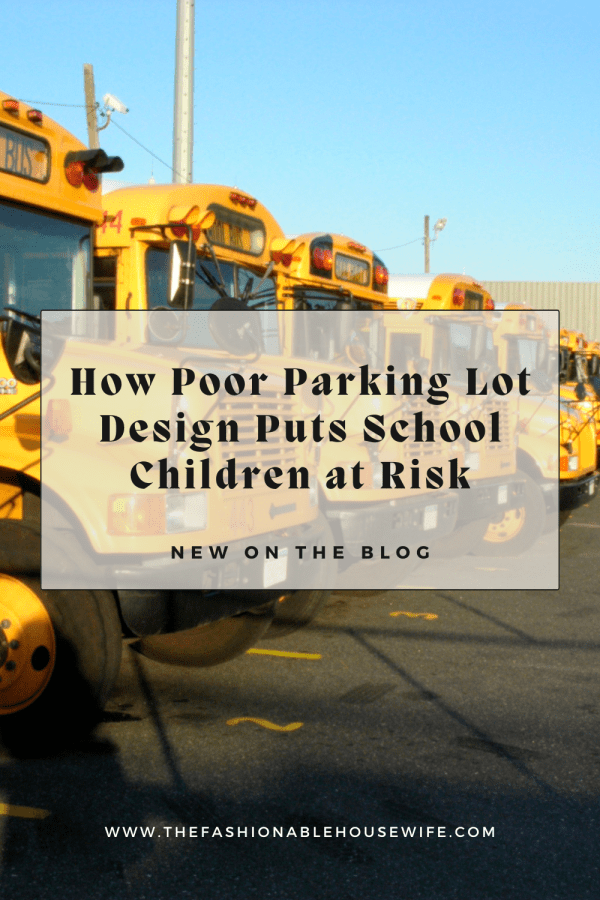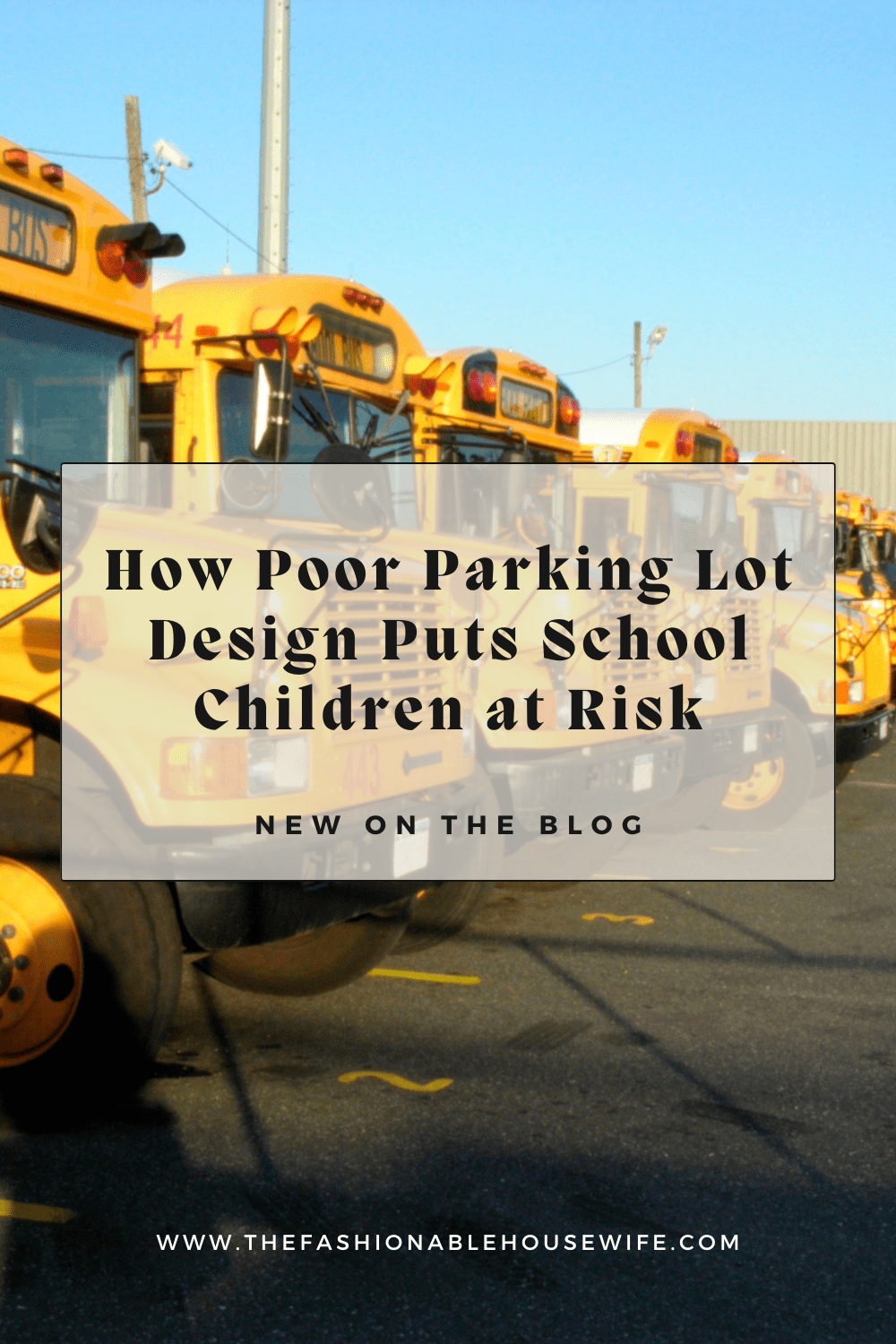How Poor Parking Lot Design Puts School Children at Risk

School zones are meant to be havens of safety and learning, yet for many children, the journey to and from school can be fraught with danger—especially in poorly designed parking lots. Every day, students navigate a chaotic web of cars, buses, pedestrians, and sometimes even bicycles, all within the confines of a space that often lacks clear structure, signage, or safety protocols. Poor parking lot design is not just an inconvenience; it is a significant threat to child safety.
At the heart of the problem is the lack of separation between pedestrians and vehicles. Many school parking lots do not feature designated walkways for students and parents, forcing children to weave through rows of cars. During busy drop-off and pick-up times, this can be especially hazardous. Children are often shorter than vehicle windows, making them difficult to see. In a flurry of hurried parents trying to drop off or collect their children, one moment of distraction can lead to tragedy.
Inadequate traffic flow management is another critical issue. Some parking lots allow vehicles to enter and exit from multiple points, creating unpredictable traffic patterns. Others do not clearly separate school buses from parent vehicles, resulting in congestion and increased risk of accidents. Without designated lanes for different types of vehicles, it becomes nearly impossible to maintain order, and confusion reigns.
Lighting is also a common oversight in parking lot design. During early morning hours in the winter or during after-school events held in the evening, insufficient lighting can obscure a child’s presence from a driver’s view. Shadows cast by poorly placed lights or buildings can make even bright clothing difficult to see, increasing the likelihood of accidents.
Moreover, poor signage and lack of enforcement exacerbate the problem. Speed limits are often posted but rarely observed or enforced in school parking lots. Signs indicating pedestrian crossings, one-way lanes, or no-parking zones are either missing or ignored. Without visual cues or consequences, drivers are left to navigate the space however they choose, often putting convenience above safety.
The danger is not limited to motor vehicles. Bicycle access and storage is frequently overlooked in parking lot planning. A well-organized bike parking system can help reduce traffic congestion and promote safe, eco-friendly travel to school. However, many schools either lack proper facilities for bicycles or place them in unsafe, hard-to-reach locations. This discourages cycling and puts those who do ride in potential conflict with vehicles during peak traffic times.
Solutions to these issues are well-documented and achievable. Schools can implement dedicated pedestrian pathways, protected with bollards or fencing, to ensure that children have a safe route to the building. Creating separate lanes and zones for buses, parents, and staff can help streamline traffic flow and reduce congestion. Speed bumps, raised crosswalks, and strategically placed signage can all reinforce slower, more cautious driving behaviors.
Additionally, involving traffic engineers and safety experts in the design or redesign of school parking lots can make a tremendous difference. These professionals can assess how children move through the space and develop layouts that prioritize their safety. Regular reviews and updates to the layout, especially when student population increases or new construction takes place, are essential to ensure continued effectiveness.
Community education and enforcement play a critical role as well. Parents and staff should be educated on safe drop-off and pick-up procedures, and schools should collaborate with local authorities to ensure traffic laws are enforced during peak times.
In conclusion, parking lot design is far more than a matter of convenience—it is a matter of child safety. When school parking lots are poorly planned or neglected, the most vulnerable members of our communities are put at unnecessary risk. Through thoughtful design, infrastructure investment, and community engagement, schools can transform these spaces into secure, efficient zones that support both education and safety.


